At Baselworld in 2005, Rolex introduced one of the most radical products in its history: The Cellini Prince was a high-end rectangular watch with a transparent caseback showing off a highly-decorated rectangular movement. The Cellini Prince was unlike anything else in the catalog, but did not find its way into the hearts of Rolex buyers and the line was cancelled in 2015. It’s time to give this model a closer look!

The Doctor’s Watch (and Al Capone’s too!)

Image: © Rolex
Rolex first introduced a rectangular watch under the Prince brand in 1928. Known at the time as “the doctor’s watch” due to the fact that the hour and minute hands never overlapped the small seconds subdial, the Prince was one of their more important and popular watches at the time. Rolex produced two different styles of the Prince, the “Classic” Ref. 1343 and more curved “Brancard” Ref. 971, in gold, silver, platinum, two-tone, and (later) steel.
The original Prince used a hand-winding movement but an automatic model was added in later years. The same movement was shared with Gruen’s similar doctor’s watch, which was popular in America but not sold elsewhere. The Rolex Prince was quite expensive, said to be the same price as a car at the time, though the similar Gruen was less than a third as expensive. Still, the Prince sold well enough to be one of the company’s signature models.

Later rectangular Prince models included the Ref. 1527 “Railway”, introduced in 1935, a “jumping hours” model, and the “Super Precision Aerodynamic” Prince with a single dial and central seconds hand. The jumping hours model is especially interesting, since it used a disc for the hour hands with a similar function to the later Datejust! Production of the Prince ended in the 1940s as such rectangular watches went out of style.
While contemporary Rolex models were robust and functional, with the new Oyster case, the Prince was more aspirational. It is said that Al Capone wore a Rolex Prince, but I’m actually happier to have noticed it on the wrist of Liam Neeson’s Oskar Schindler in Schindler’s List.
Rolex Cellini Prince: Something Completely Different
Ask an average person their opinion on the best watch, and they will likely suggest a Rolex. The brand has an unimpeachable reputation and universally-recognizable icons like the Datejust, Day-Date “President”, Submariner, GMT-Master, and Daytona. Browse a Rolex display, past the fluted bezels and multi-link bracelets, and you might spot something different in the corner: A dress watch with classic lines and a traditional leather strap. That’s Cellini: Overlooked but elegant.
One thing you won’t see in a Rolex display is the watch movement. Although Rolex produces some of the best watch movements available, they are always hidden behind solid case backs. And that’s just as well, because they’re not highly decorated or specially adapted on a model-by-model basis. In fact, just about every Rolex model uses the same movement, with just a few variations, and they’re all circular. And while Rolex is known for precise machining and exotic dial materials, they aren’t thought of for their Guillochage or fine machined decoration.

That’s why the Rolex Cellini Prince was such a shocker when it was introduced at Baselworld in 2005. The Prince is everything “a Rolex” isn’t, and shows the skill of a company not widely known for some of the more exotic facets of watchmaking. Squint and you can see Patek Philippe, Jaeger-LeCoultre, Cartier, or Hermes, but look closer and the Prince is all Rolex.
The Cellini Prince is a watch that rewards long gazes and close examination. There are four different cases, each with its own theme, details, and overall feel. All are vintage, with Art Deco details, but each is undeniably modern in construction. And just when you want to pin the design as derivative of this or that model, you notice something entirely new. The fact that Rolex produced not one but four dynamic, creative, and beautiful watches with such stunning details is truly remarkable.
 5440/8 5440/8 |  5441/9 5441/9 |  5442/5 5442/5 |  5443/9 5443/9 |
| yellow gold | white gold | rose gold | white gold |
| Champagne “Clou de Paris” | Silver “Godron” or Diamond Pavé | Black “Rayon Flammé de la Gloire” | Silver “Rayon Flammé de la Gloire” |
 Cal. 7040-1 Cal. 7040-1 |  Cal. 7040-3 Cal. 7040-3 |  Cal. 7040-2 Cal. 7040-2 |  Cal. 7040-4 Cal. 7040-4 |
Rolex Prince 5440 “The Prince of Princes”

The highlight of the Cellini Prince collection is Ref. 5440/8. The suffix denotes yellow gold, and this model is a tribute to the material. From the hobnail (Clou de Paris) dial to the sunrise etched into the subtly arching case, Ref. 5440 celebrates yellow gold. Even the hands and markets are made of the stuff, and the movement shown in detail below, is similarly festooned. Frankly, it’s almost too much.
Thankfully, the Rolex designers backed away just before they reached the point of “tacky”. They fitted Ref. 5440 with a brown leather strap that helps tone down the yellowness. And a close look at the dial reveals classic printed numerals on the seconds subdial and a vintage-inspired “railroad” minute track. Even the hobnail pattern helps provide some distraction from the riot of gold.
Rolex must have considered Ref. 5440 to be the exemplar of the series, because it is the one featured most frequently in contemporary advertisements and press coverage. Perhaps this did the line a disservice, as yellow gold was going out of style at the time, and this model is most likely to say “grandpa’s watch” to a younger buyer. Still, if you want a Cellini Prince, Ref. 5440 is probably the most iconic.
Rolex Prince 5441 “Streamline Moderne”

The 1930s were all about modernity, and the “Streamline Moderne” was a frequent theme, from architecture to automobiles. Smooth curves met sharp angles, and parallel grooves were a frequent styling element. Such is the case of Ref. 5441, which looks like it belongs behind the wheel of the Chrysler Airflow driven by an Electrolux salesman!
Executed in white gold like Ref. 5443, the Streamline Moderne Ref. 5441 was the only model produced with a dial variation: The circular guilloche pattern was sometimes covered with diamonds outside the figure-eight dial. Both are simply noted as Ref. 5441/9 in contemporary catalogs, though the impression of the diamond dial is quite different.

Rolex appears to have used here the “II”, “IIII”, “VIII”, and “X” left over from Ref. 5440. The small seconds subdial is very “railroad” in feel and overlaps the big dial, awkwardly compressing the upside down “VI”. And the sticks at the odd hours are too thick to my eye. It’s a pity, because the dial is otherwise quite lovely indeed. But it’s too bad they opted for illegible white gold hands!
The movement, Cal. 7040-3, shares the circumferential guilloche of the dial, using the balance pivot as the center. To my eye, this is the best-looking execution of the decorated movement and is quite in line with the style of Ref. 5441’s streamlined case.
Perhaps Ref. 5441 was produced in the greatest numbers or perhaps it was the least-popular of an un-loved line, but I have seen more leftover unsold examples of this reference than any other model!
Rolex Prince 5442 “Sunrise Rose”

Ref. 5442/5 had a rose gold case and strongly-contrasting black guilloche dial. Combined with the Arabic numerals and fluted dial surround, and this reference says “modern Rolex” more than any other Cellini Prince model. Astonishingly, the 2021 Rolex catalog, which includes 1,830 different references, 440 of which are pink or Everose gold, doesn’t include a single rose gold model with Arabic numerals like this Prince. It’s too bad because it’s a great look!
The radial “Rayon Flammé de la Gloire” dial is really something to behold, focusing the eye toward the small seconds hand. And it works surprisingly well with the fluted rehaut, which would otherwise look like a rack that misplaced its pinion. The heavy numerals at 3, 6, and 9 are a better match for the thick stick markers, though I could live without the numerals on the seconds track.
Cal. 7040-2 is decorated almost identically to Cal. 7040-4, but the Geneva waves radiate from the balance on this Ref. 5442 rather than the center of the movement. And that’s a nice little touch, to my eye, especially since the display caseback crops out the top of the movement. This might also be the rarest model of Cellini Prince, not showing up as often in online sales. Or perhaps the contemporary look, in pink gold, earns it a place on the wrist instead of the resale counter.
Rolex Prince 5443 “Radio City”

The thing about princes is they can’t all be beautiful. And so it is with the final Cellini Prince. And yet, on closer inspection, Ref. 5443 has a lot going for it. In fact, its boxy homeliness might just be charming.
Straight on, the plain wide bezel and beefy lugs give Ref. 5443 a manly appearance missing from all other models. The same is true of the dial, which looks like it belongs on a 1950s kitchen radio instead of an exotic white gold timepiece. But look closely and you’ll see how the radial lines of guilloche continue through the hour markers into the outer track of the dial. You might also notice that “Rolex” and “Prince” are inscribed on plates rather than simply printed on the dial. Squint and you can even see a red track around each dial that gives me a flashback of playing Tempest on a Vectrex in the 1980s.
Could this be the Prince I was searching for? The dial really does draw the eye, and the hands are legible, even though they’re white gold like the dial. Then there are the sculpted “bones” along the side: Rolex calls them “brancard” which sounded cool until I looked up the word and found out that it refers to the rails of a stretcher in French. For some reason, Ref. 5443 is the cheapest Cellini Prince these days. Maybe people just haven’t looked closely enough.
Rolex Calibre 7040

Before I go, I would be remiss if I didn’t rhapsodize a bit about Rolex Cal. 7040. After all, I am the guy who has a whole website devoted to watch movements and this one is pretty special. Apropos for being the only Rolex movement visible to the average buyer, it’s the only one finished with traditional machine turning techniques. But Cal. 7040 is much more special than that!
This unique movement is the only modern “shaped movement” from Rolex, and is one of their rare movements that was made for just one model. Most Rolex watches use a variation on their mainstream 3xxx calibre (currently the 32xx “Chronergy” family) with a simple complication like a GMT hand or date wheel. The only current single-model movements are the complicated and expensive Sky-Dweller Cal. 9001, Daytona Cal. 4130, and Yacht-Master II Cal. 4160.

Cal. 7040-2 and 7040-3 feature guilloche patterns designed to focus the eye on the balance wheel. And this was the only modern Rolex watch with a display caseback, making it possible to notice another unique element: Cal. 7040 was the first Rolex movement to use their new in-house Paraflex shock absorber!

Rolex had used Kif Duofix from Parechoc for decades, but in 2005 they patented their own advanced anti-shock mechanism. Paraflex is not only 50% more effective in handling shocks without damage, it’s also reversible and symmetrical (making it easier to install correctly) and less likely to dislodge. Although not mentioned in press coverage for a few years, the Paraflex system is visible in the earliest press photos from 2005. It would spread to the Day-Date II Cal. 3156 in 2008 and throughout the line in the following decade.
One look at Cal. 7040 shows it to be the most advanced Rolex movement produced at that time. It never got the Parachrom hairspring, but the design is simply outstanding compared to contemporary 31xx series movements. It was surpassed by the awesome Sky-Dweller Cal. 9001 in 2012, but Cal. 7040 is perhaps the best movement produced by Rolex in the 2000s. And it’s certainly the most beautiful movement ever produced by the company!
The Grail Watch Perspective: An Overlooked Prince
It amazes me that the Rolex Cellini Prince is not one of the hottest collector pieces on the market today. One of the most beautifully-executed watches from Rolex in modern times, the Cellini Prince would be the centerpiece of the lineup for any haute horology brand. It showed what Rolex was capable of in modern times, and is packed with “first” and “only” features that make it especially desirable. Once the current steel watch mania has worn off, the Rolex Cellini Prince ought to be the highlight model from the brand in the 2000s. The fact that un-worn examples currently sell for less than MSRP makes it the best bargain Rolex available today!
Note: All watch images in this post come from official Rolex sources, including the Rolex website.
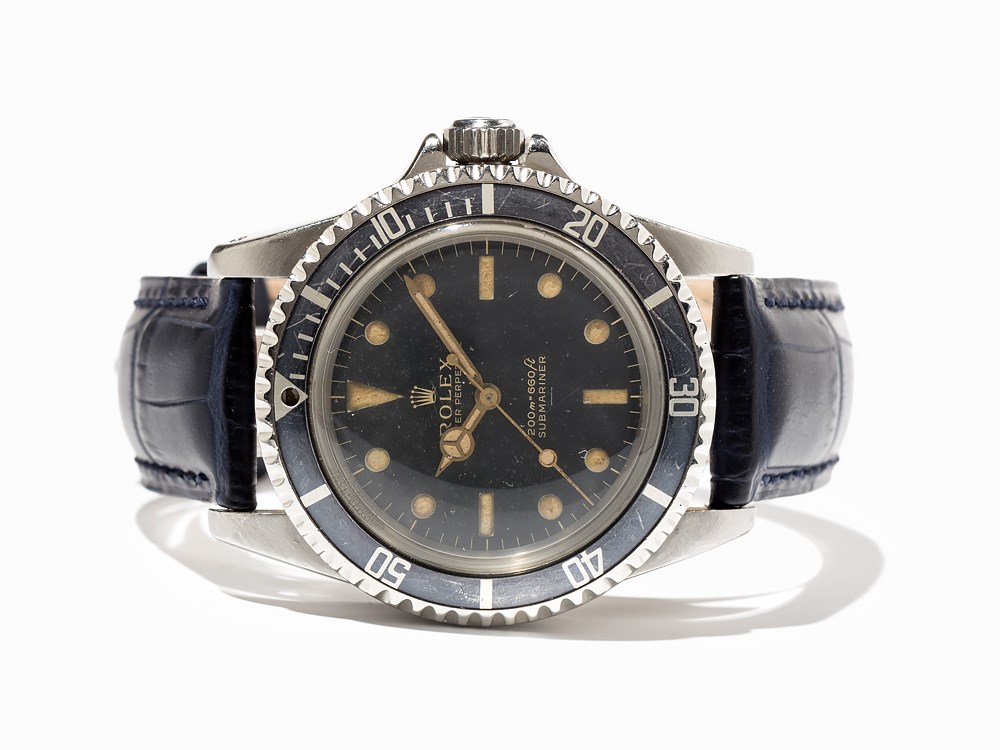
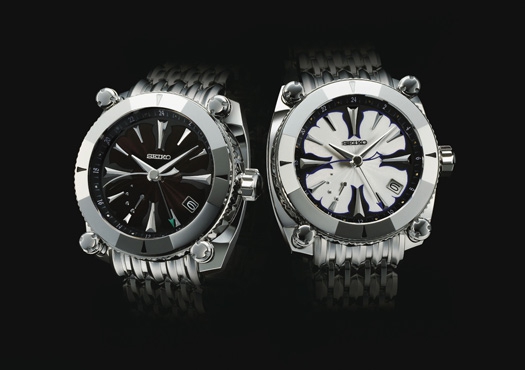
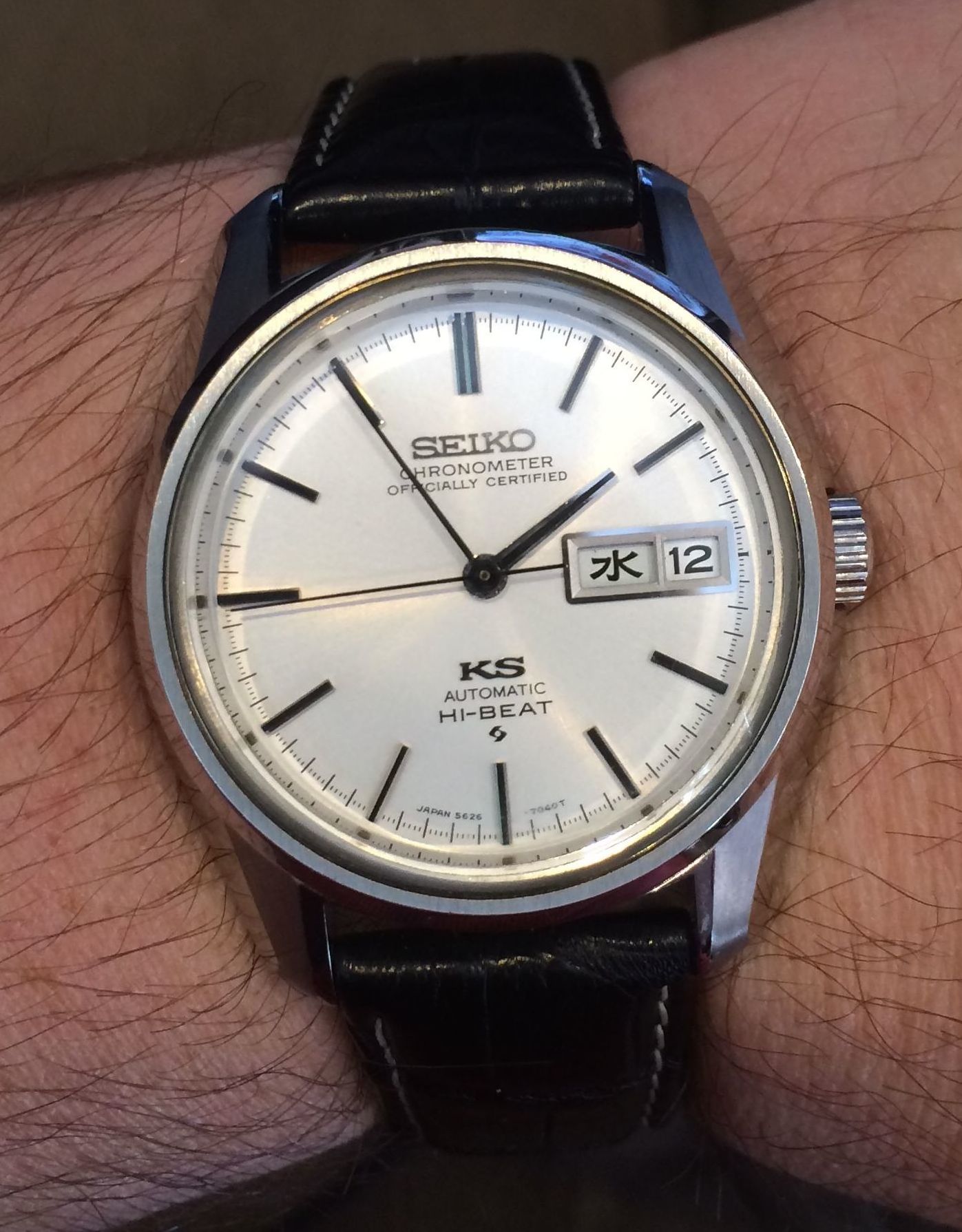
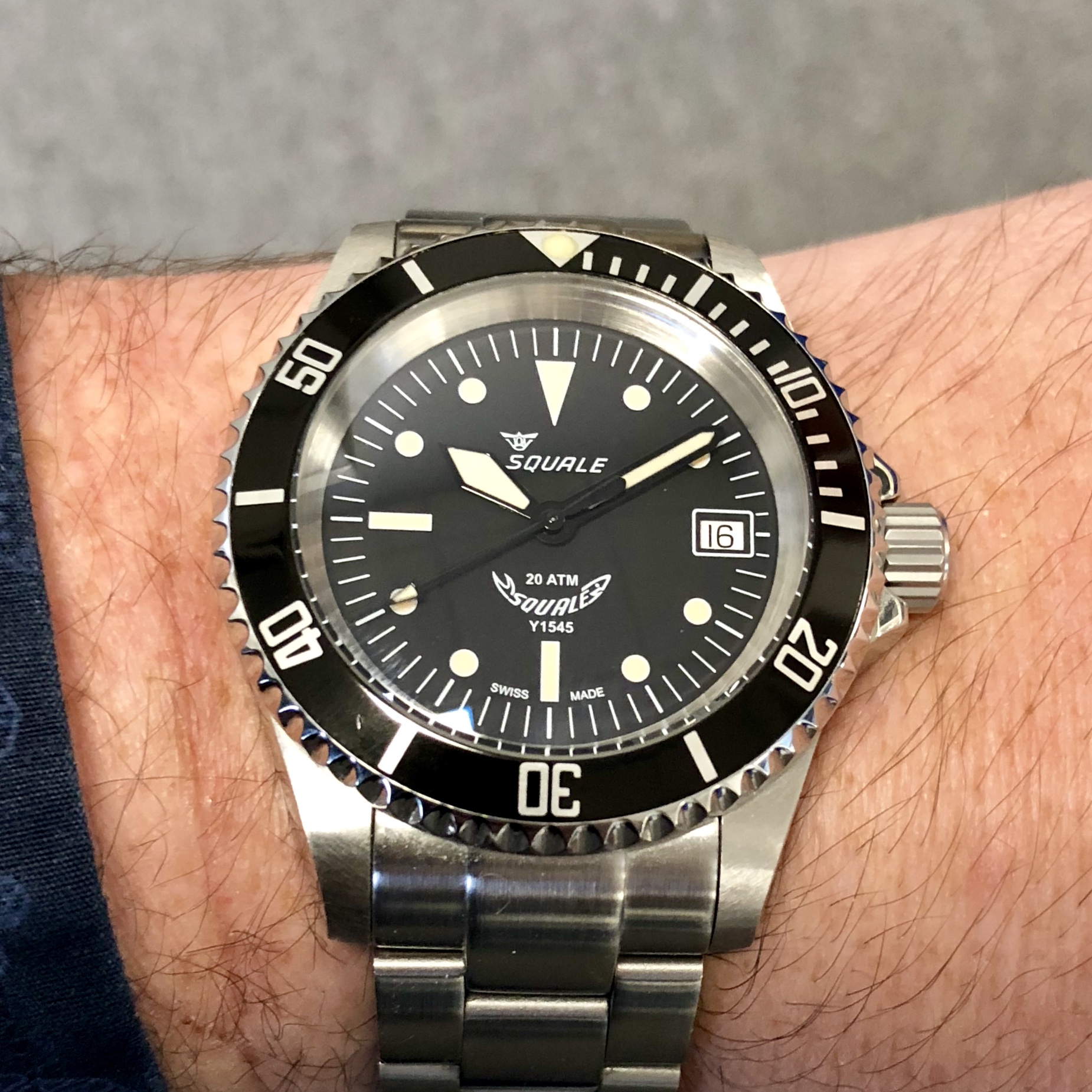
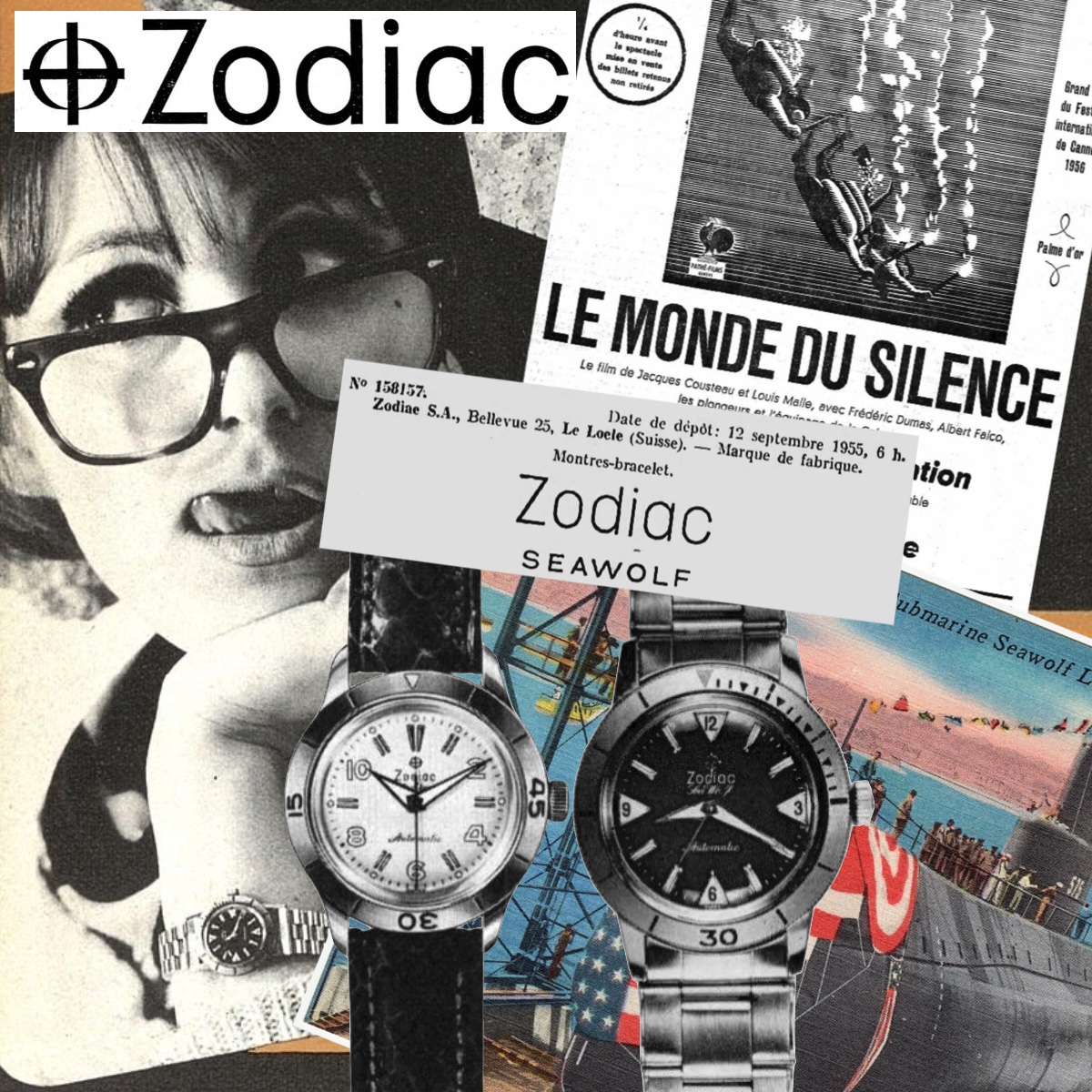
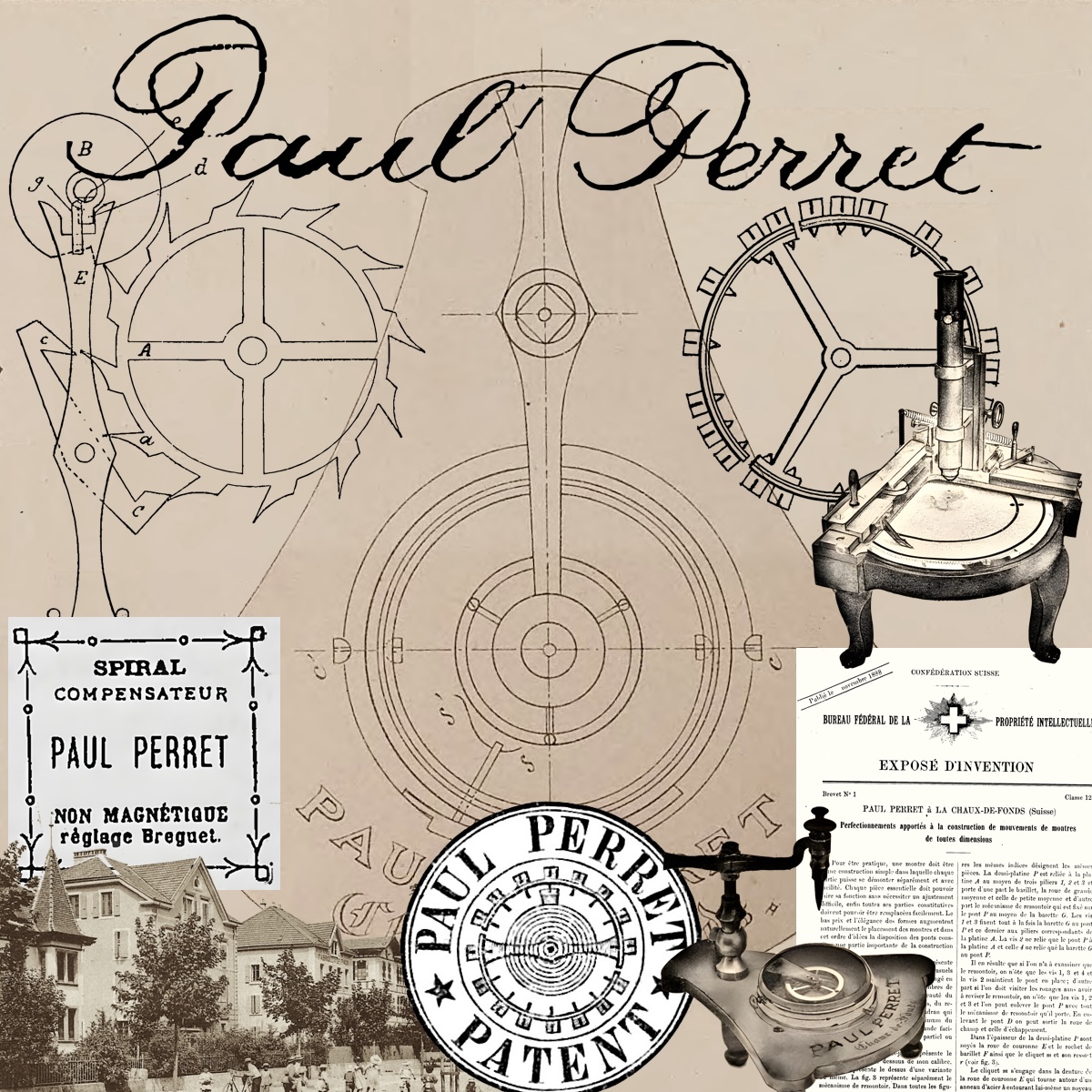
Leave a Reply